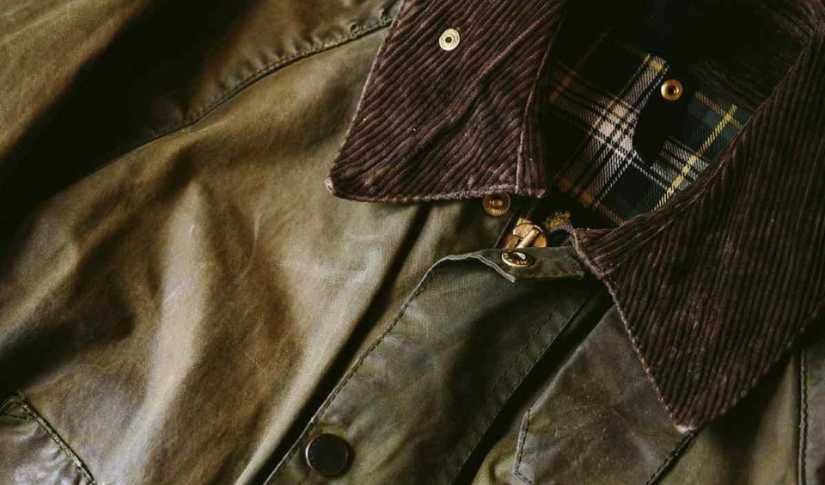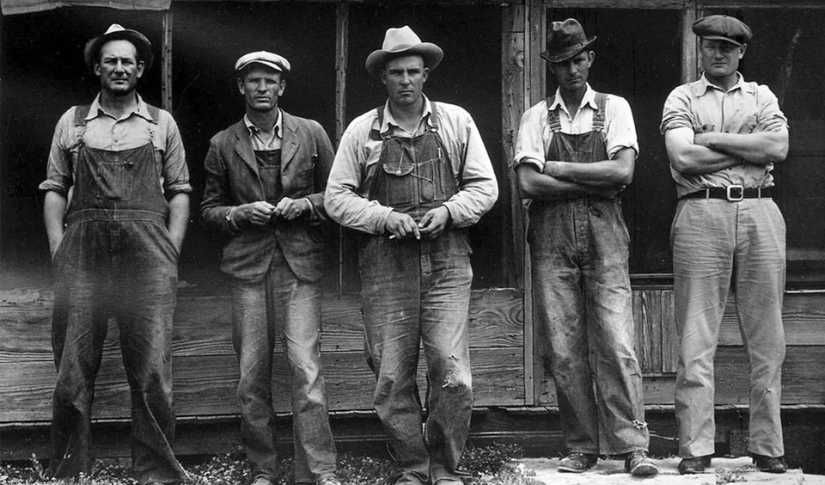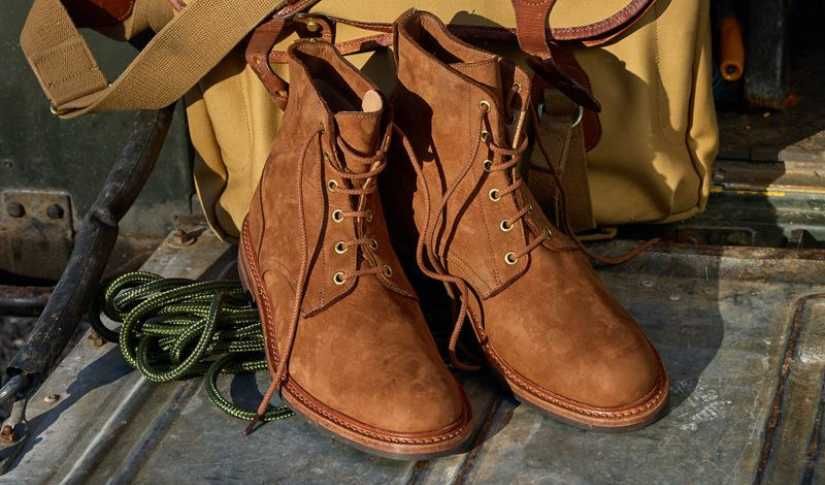The Thread | ArticleHeritage Crafts - Don’t Call it a Comeback
In the hustle and bustle of today's world, we’re so focussed on looking forwards, but there's something irresistibly magnetic about looking back. Heritage style isn't just about nostalgia, it's about the pulse of timeless craftsmanship. One moment you're ensconced in its deep roots, the next you're lost in its enduring charm.
We consider it our very duty to salute the myriad marvels of human craft that have whistled through the ages. Each reminding us that true style is eternal and will never be a thing of the past.
Leather – Tough as Old Boots
Beginning in the ancient civilisations of Mesopotamia and Egypt, leather was first used for things like footwear and armour. Fast forward to the 19th century, and British artisans are perfecting the leather tanning process, creating goods that are not only durable but emblematic of rugged sophistication. Goods like leather jackets, bags and of course shoes, remain solid staples. Speaking of shoes, a family favourite of ours is without doubt, Tricker's. Founded in 1829 by their namesake, Joseph Tricker, the Northampton based shoe brand is the longest standing shoemaker in the world and it’s easy to see why. The brand is still owned by the founding family, who diligently ensure that original DNA stays as true today as it did 5 generations ago. In 1989, HRH King Charles III (then The Prince of Wales) awarded Tricker’s the Royal Warrant for shoe making for their exacting quality, incomparable comfort, individuality, and irreproachable character. There really is nothing quite like a pair of Tricker's shoes.

Waxed Cotton – Bravely Going...
Originally designed to make a more weather-resistant sail for our British sailors, it didn’t take long for them to realise that by wrapping themselves in waxed cotton, they too became able to withstand the best of the worst British weather. Brands like Barbour, established 1894 in South Shields, have been wowing us with iconic silhouettes like the Beaufort and the Bedale since the 20th century, both of which were designed by Dame Margaret Barbour herself. Today’s Barbour jackets include pieces such as the Corbridge – a Sylkoil waxed cotton jacket with a slim tailored fit, featuring a bold four pocket design, making it one of the most stylish yet functional jackets around. This commitment to blending tradition and innovation is why we’re so proud to call Barbour one of our closest friends here at British Attire.

Denim – The Rebel’s Fabric
Journey to Nîmes, France, (hence, “denim” – “de Nîmes), the original birthplace of denim, but don’t stay too long as it was the American Gold Rush that is famed for dressing the masses in the immortal denim jean. Levi Strauss was his name, of Bavarian decent, who went on to patent the first blue jeans in 1873. Originally dubbed "waist overalls," these jeans were the durable darlings of miners, farmers and all kinds of other labourers. Due to its combined durability and practicality, denim quickly gathered momentum, and the evolution began. From workwear staple to fashion icon, heartily embraced by subcultures and style aficionados throughout the 20th century and beyond.

Embroidery – The Art of Storytelling
Embroidery, with its origins in ancient China and the Middle East, is one of the more vivid interpretations of human expression. Early surviving examples from the 5th-3rd century BC, feature intricate and elaborate patterns which were used to signify status and wealth. The Silk Road is famed for transporting various techniques worldwide, celebrating styles like Suzoh, Hunan, and Sichuan embroidery, all of which are renowned for their artistry and craftsmanship. The Bayeux Tapestry, a 70-meter-long marvel of embroidered cloth, narrates the Norman conquest of England, and can still be seen hung proudly at the Musée de la Tapisserie de Bayeux in Bayeux, Normandy. Today, embroidery continues to dazzle, adding colour, texture, and dimension to everyday garments and statement pieces alike.

Tweed – The Country Classic
Tweed, synonymous with British country style since the 19th century, was the fabric of choice for Scottish Highland farmers and estate workers due to Its weather-resistant properties, making it both practical and stylish. Tweed has a distinguished aesthetic which transcends the generations, making it the clear choice for those who favour the finest in rich textiles. Heritage brand, Holland Cooper places a strong emphasis on Tweed, sourcing only the very best from British mills. Originally from Suffolk, Jade Holland Cooper identified a gap in the market for stylish yet practical clothing suitable for both the countryside and city life and has since gone on to show us all, exactly how to effortlessly bridge that gap.

Merino – The Soft Embrace
From sweaters to scarves, beanies to socks, Merino wool has an unmistakably reassuring ability to adapt to almost any situation. Originating from the Merino sheep of Spain, with ancestral ties to a Berber tribe in North Africa of the same name, this wool is celebrated for its sustainability and its production is responsible for supporting rural economies all over the world. What makes it so desirable, is its versatility. It’s natural properties, such as breathability moisture-wicking and odour resistance have popularised this wonder wool amongst outdoor enthusiasts, combining comfort and climate control for the perfect, all-round clothing companion.

Goodyear Welt – A True Stamp of Authority
In 1869, Charles Goodyear Jr. revolutionised shoemaking with the Goodyear welt technique, sewing a strip of leather ("welt") to the shoe's upper and insole, then attaching it to the outsole. This method enhanced durability, water resistance, and ease of re-soling. Northampton became the epicentre of Goodyear welted footwear in England, with brands like Tricker’s and Joseph Cheaney & Sons standing out for their unwavering commitment to craftsmanship. The Goodyear welt really is the last word in terms of quality and longevity in shoemaking.

And there we have it, some of our favourite heritage crafts and when all is said and done, it really is reassuring to know that some things never change. These time-honoured practices remain relevant and revered in our fast-paced world and it’s our pleasure to acknowledge their invaluable contribution to our cultural fabric. Take a look at our collections to see some of them in action!